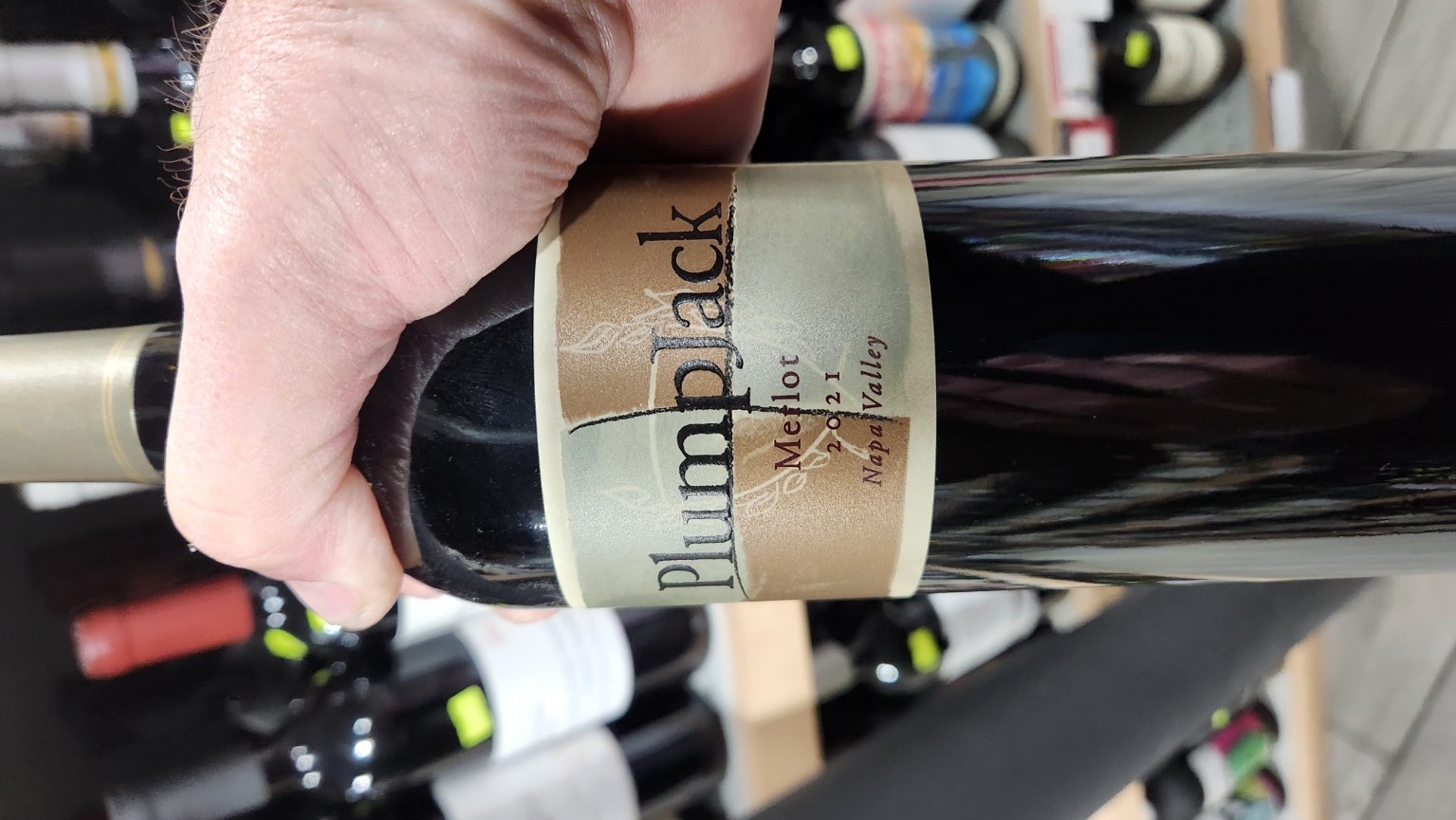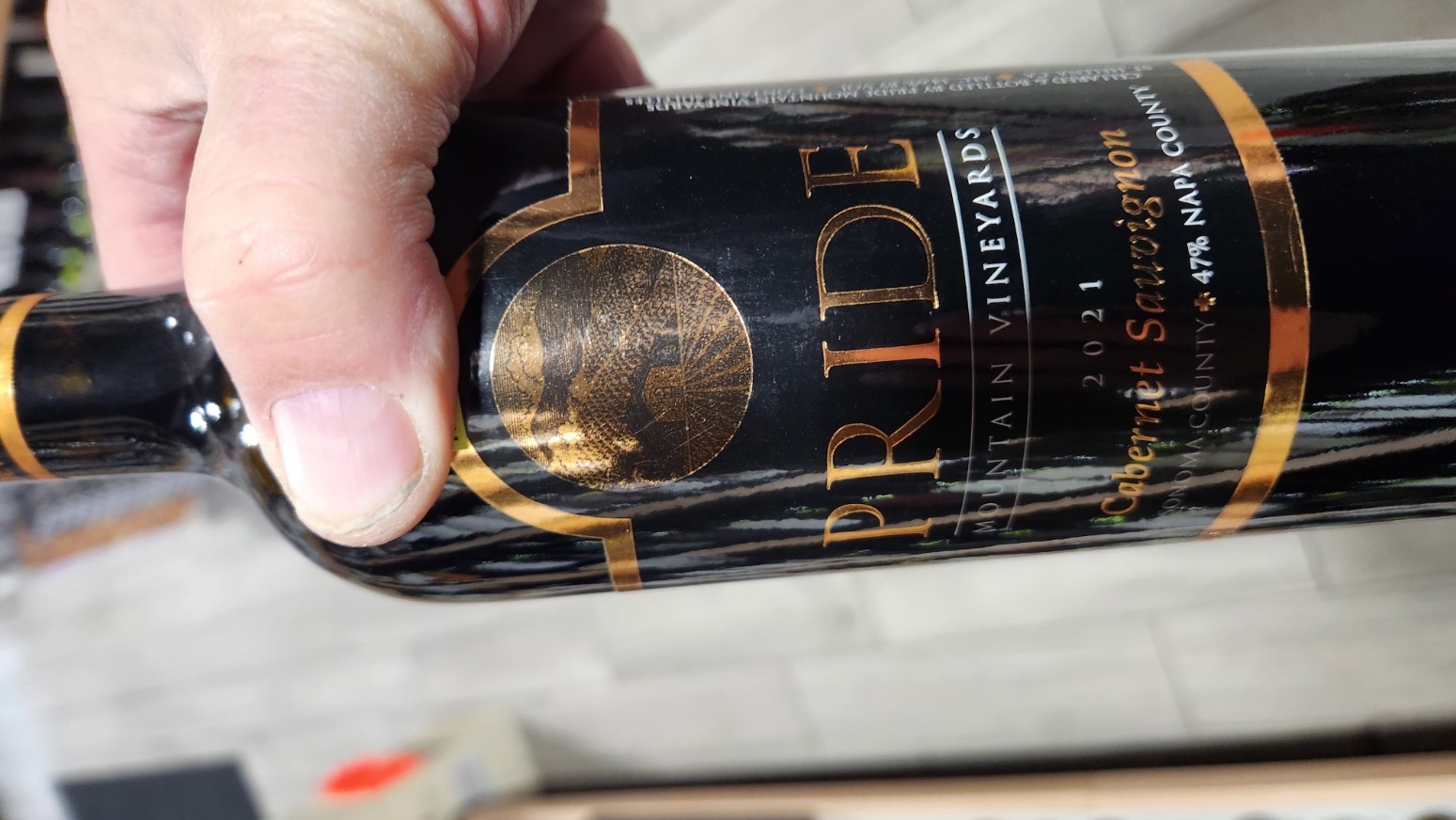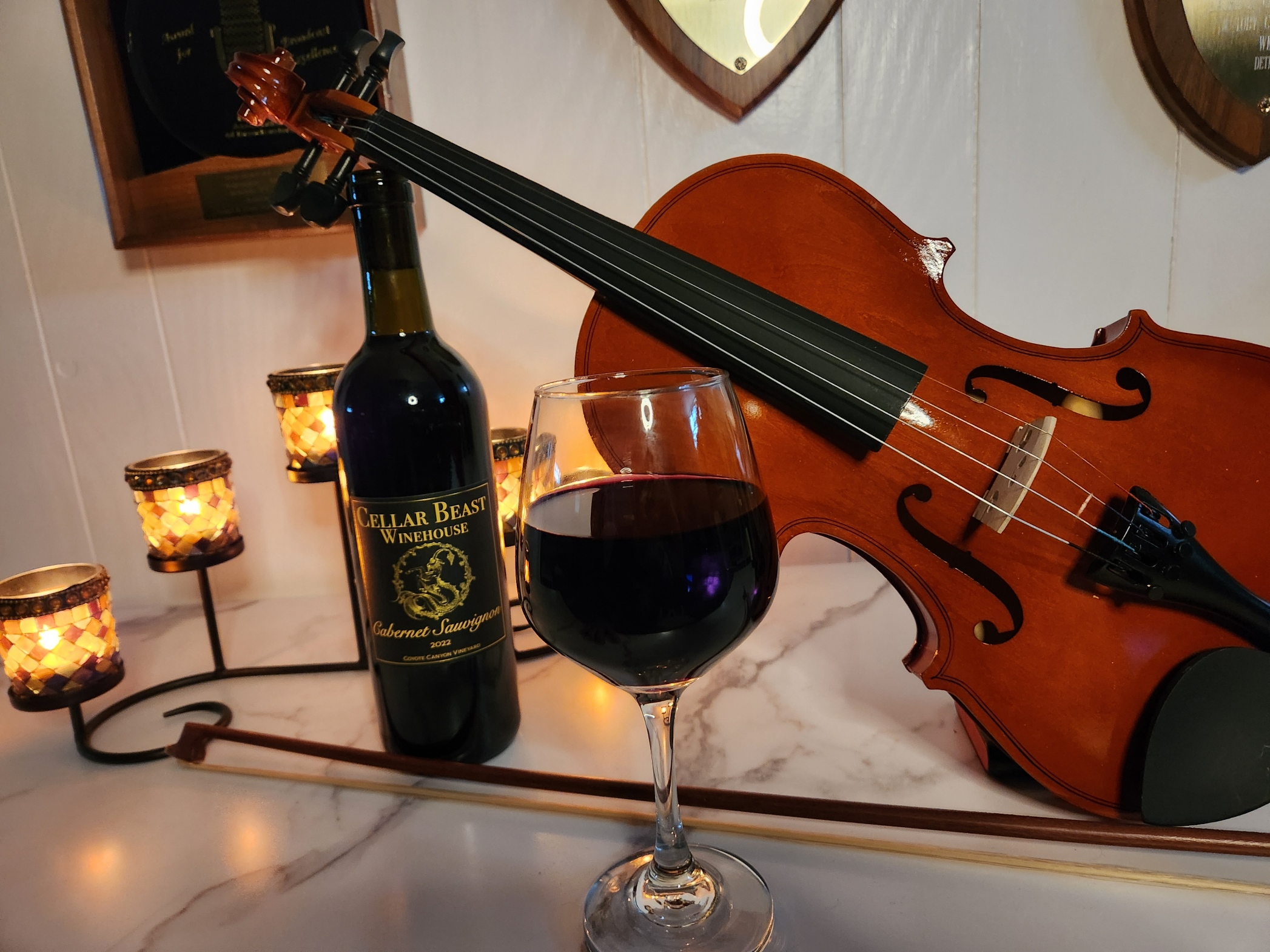What Are Amphora / Ancestral Wines?
- Definition: clay, terracotta, or ceramic vessels used for fermentation/aging, often unlined, minimal additives.
- Why winemakers are embracing them now: climate resilience, expression of place, minimal intervention.
- A few pioneers: e.g. in Valencia (Pablo Calatayud reintegrating amphora)
Tasting Notes: What Makes Amphora Wines Unique
- Lighter alcohol, earthy/saline character, texture from skins.
- Wild ferment, often more volatile aromatics.
- Best when rested—not novice wine.
Regions & Producers to Watch
- Spain, Portugal, parts of Italy, Georgia revivals
- Some crossover with natural wine producers
- How these wines are appearing in boutique wine bars and importers.
Challenges & Trade-offs
- Risk of volatility, spoilage, or inconsistency
- Clay is porous: aging control is trickier
- Scaling beyond small batches is hard
How to Drink & Serve Amphora (Ancestral) Wines
Ideal Pairing Styles
- Because amphora wines often showcase texture, minerality, earth, and subtle phenolic elements rather than heavy fruit, they pair beautifully with foods with complementary textures and moderate flavor profiles.
- Grilled vegetables, roasted root vegetables.
- Seafood—especially shellfish, oysters, scallops, light fish preparations.
- Herbaceous dishes: herbs, fresh greens, pesto, fennel, thyme.
- Tapas, light charcuterie (e.g. prosciutto, mild salumi), goat cheese, chèvre.
- Soft, creamy cheeses, or nutty cheeses.
- Dishes with mild smoke, or light spice, but not heavy sauces that overpower subtle aromatics.
- In one tasting & pairing guide, amphora wines were matched with cauliflower-bacon spread, or with Azerbaijani/Georgian style grilled meats, and with roasted vegetables.
- A Georgia example: amphora reds (e.g. Saperavi) were paired with tacos or rich stews in one writeup, leaning into smoky, hearty dishes with structure.
Serving Temperatures & Glassware Tips
- Because amphora wines often walk a line between whites/oranges and light reds, serving temperature is key to highlighting aromatics while preserving texture:
- Whites / amber / skin-contact styles: around 10-12 °C (50-54 °F) is a good starting point (a bit cooler if aromatic, warmer if you want more texture).
- Lighter red or skin-contact reds: aim for 14-16 °C (57-61 °F), somewhat cooler than standard cellar temp to preserve freshness.
- Avoid serving too cold (which can mute aromatics) or too warm (which can accentuate volatility or alcohol).
- Note: clay allows gentle micro-oxygenation, so small temperature shifts in the glass will influence expression more than in inert vessels.
- Use glassware that helps capture aromatics without overemphasizing volatility:
- A tulip or ISO-style tasting glass is good for whites / amber styles (modest bowl, narrower rim)
- For reds / fuller amphora reds, a medium-bowl red glass (not huge Bordeaux glass) works well.
- Avoid extremely large glasses, which may encourage over-oxidation of volatile compounds.
- Let wine “settle”: if the wine seems aggressive or volatile when first poured, allow a short rest or gentle swirl for aromas to calm.
How Sommeliers Can Position Amphora Wines on Wine Lists (Narrative, Education, Labeling)
- Create a distinct “Ancestral / Amphora / Clay-Fermented” section rather than burying them under “natural” or “orange wine.” This signals to patrons that this is a special style with its own identity.
- Use label cues / terminology: On the wine list, include keywords like “amphora-aged,” “qvevri / qvevri-fermented,” “talha,” “tinaja,” or “clay vessel,” so readers immediately know this is clay-vinified wine. Many labels themselves include these terms.
- Short narrative blurbs: Accompany each entry with a 1–2 sentence note about what makes it special: e.g. “fermented and aged in buried clay jars, allowing micro-oxidation without oak influence,” or “skin-contact amphora white with mineral texture.”
- Educational footnotes or symbols: Use icons (e.g. a clay pot icon) or footnotes explaining “fermented in clay — minimal intervention” for curious drinkers.
- Pairing suggestion alongside: On the list, pair amphora wine with food pairing ideas (e.g. “with grilled vegetables, oysters, lamb chop”) to help diners choose.
- Context / origin storytelling: Mention the region, tradition, or ancient method (e.g. “Georgia’s 8,000-year qvevri tradition”) to build storytelling and connection.
- Staff training & narrative tools: Train servers to explain the difference (clay vs oak vs steel), and encourage them to use descriptive vocabulary (earth, mineral, texture, skin contact).
- Dynamic rotation / spotlight bottles: Given variability vintage to vintage, sommeliers can rotate amphora wines and mark “vintage differences,” or offer small tastings to patrons curious about the style.
- Highlight authenticity or minimal intervention: If the wine is made with no added yeast, minimal sulfur, or unlined jars, that can be called out on the list (if the producer provides it).
- Pricing and perceived value: Because amphora wines often involve more risk and labor, place them at price tiers that reflect rarity—not as “budget” options. That emphasizes their craftsmanship.










